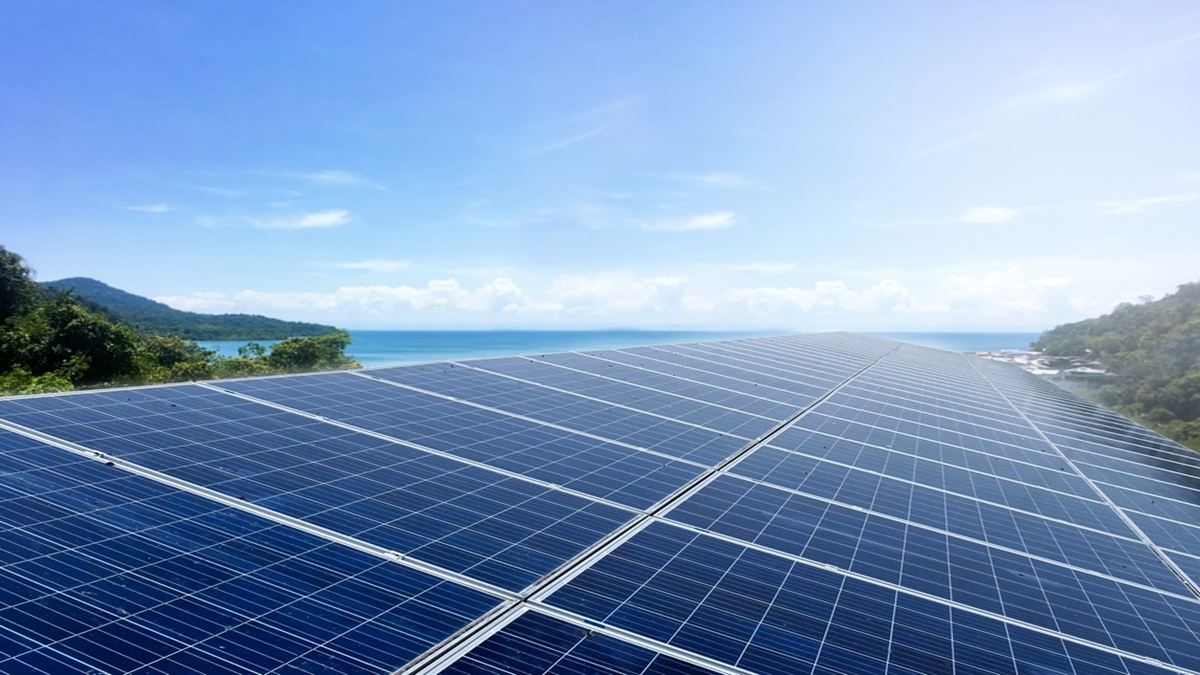When we discuss renewable energy, the focus is often on the efficiency of solar panels or the scale of wind turbines. However, the inverter quietly operating in the background is undergoing a fundamental transformation, evolving from a simple "power converter" into a core hub that empowers users with new capabilities. The advancement of inverter technology is upgrading the energy equipment in homes and businesses from mere power-generating tools into "energy assets" that can be precisely managed and leveraged for value.
The One-Way Energy Supply Chain
In the past, the inverter's primary function was to convert direct current (DC) from solar panels into alternating current (AC) for household use and sell any surplus power back to the grid. In this model, the inverter played a one-way conversion role, with its value primarily defined by its conversion efficiency and durability. The solar system in a user's hands was essentially a device for saving on electricity bills, and its value and applications were relatively limited.
The Shift in the Smart Era: Two-Way Energy Asset Management
Today, with the maturation of the Internet of Things (IoT), artificial intelligence (AI), and energy storage technologies, the inverter no longer passively receives and converts power. It is becoming a smart energy asset management platform. The value of this platform is reflected in the following key capabilities:
- Data-Driven Decisions:
A smart inverter can collect and analyze real-time data on electricity usage, grid prices, and even weather forecasts. It is no longer a simple "generate-and-use" device; instead, it can automatically optimize charging and discharging strategies based on this data. For example, it can charge from the grid or store solar power during off-peak hours when prices are low and release that power during peak hours to save users more money.
- Flexible Energy Dispatch:
The inverter can effectively manage power flow from multiple sources, including solar panels, battery storage, and the grid. It can flexibly determine the source of electricity based on a user's real-time needs, even acting as a backup power source during a grid outage to ensure critical equipment remains operational. This gives users an unprecedented level of control over their energy supply.
- Participation in the Energy Market:
The most disruptive insight is that smart inverters are integrating decentralized generation and storage systems to form a Virtual Power Plant (VPP). This allows individuals' and businesses' energy assets to be aggregated into a large power source that can participate in grid dispatch services and generate additional revenue. This model transforms users from mere consumers into active participants and profit sharers in the energy market.
From Passive Following to Active Grid-Forming
Traditional inverters operate in a "grid-following" mode, meaning they must rely on the existing voltage and frequency of the grid to function stably. However, as more renewable energy sources are integrated, the role of traditional generators is diminishing, causing the grid to lose its inherent inertia and stability, making it more vulnerable.
This has driven the evolution of inverter technology toward "grid-forming inverters." These inverters no longer just passively generate power; they can actively create the grid's voltage and frequency, much like traditional generators, injecting essential stability into the grid.
This technology is particularly crucial for microgrids, standalone energy storage plants, and areas with a high penetration of renewable energy. It allows the grid to remain stable without traditional generators and even provides "black start" capability to restore power quickly after an outage. The strategic technical focus of major international manufacturers like SMA highlights this as a key industry direction.
The Revaluation of the Inverter
The evolution of inverter technology is not merely an engineering breakthrough; it's a paradigm shift in energy thinking. It transforms energy equipment from static hardware into dynamic assets with high liquidity and value-added potential. Companies that master this technology will no longer just be selling hardware; they'll be providing comprehensive energy solutions that integrate software, data, and services.
The essence of this transformation is to empower every user to become their own energy manager and even a vital component of the future smart grid. The inverter is the key driver behind this profound change.

shutterstock-L-1065302459.jpg)



.jpg)








